Mixed martial arts rules allow most of the body to be used as a weapon, but kicks are always the most exciting and spectacular. The legs are bigger and longer than the arms and can generate much greater force. Be it using crippling low kicks, debilitating liver kicks, crafty side kicks to keep the distance, or spinning kicks to steal the show, a few things are as beautifully brutal in a fight as a master kicker.
Many martial arts find their way into MMA, but kicks come mainly from the two prominent stylistic families of karate and Muay Thai, each with a different approach to kicking. But in mixed martial arts, kicks carry an inherent danger for the kicker because a caught kick can easily lead to a disastrous position on the ground.
So, while all kicks can be found in different martial arts, in MMA, they need to be implemented more carefully and with different setups as opposed to their original sport. So let’s look at the main types of kicks commonly used in modern mixed martial arts.
The 4 Main Types Of Kicks Used In MMA
While you can see many variations and different kicks used in mixed martial arts, we can summarize the most common into four main groups: roundhouse kicks, front kicks, sidekicks, and spinning kicks.
Because MMA has such a liberal ruleset, any kick to a legal target can be used, and there are some instances of axe kicks, hook kicks, and even some insane tornado or two-touch kicks, but they are few and far between.
The trajectory of the kicks defines the main groups. For example, roundhouse kicks travel in a circular horizontal arch, while front kicks travel in a straight line to the target. Then each group has further separation based on the target they are aiming at.
Roundhouse Kick
Roundhouse kicks are by far the most popular form of kicking used in MMA and all striking martial arts involving kicks in the first place. Roundhouse kicks are characterized by the leg coming in an arc toward the target while the kicker pivots on his support leg. A roundhouse can be aimed anywhere on the body, from the lower leg to the head.
Karate Style vs. Thai Style
The first distinction we must make with roundhouse kicks is that there are two very different throwing styles. For ease of understanding, we will call the first karate style (although other martial arts use it as well), while the other is Muay Thai style.

How to Dominate Every Fight with Raw, Explosive Power No One Can Match
Discover the underground blueprint that has quietly turned MMA hopefuls into legends, using nothing but sheer, brute force and bulletproof conditioning techniques.
Karate roundhouse kicks are snappy, fast, and precise. They land with the foot, and the kicker usually pivots in place. The power and speed come from the snap at the knee, and the kick aims to hit a vital area, like the liver, on the head. Here is an example of what a karate-style roundhouse looks like:
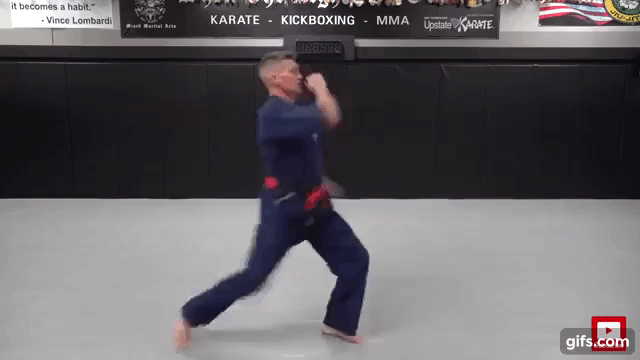
Muay Thai-style kicks, on the other hand, are very different. In this style, the leg is used more as a baseball bat, intending to kick with full power and land with the shin for maximum damage.
The knee is not as chambered, and the force comes mainly from the rotation of the hips. The kicker often steps to the front or side before kicking to increase the power.
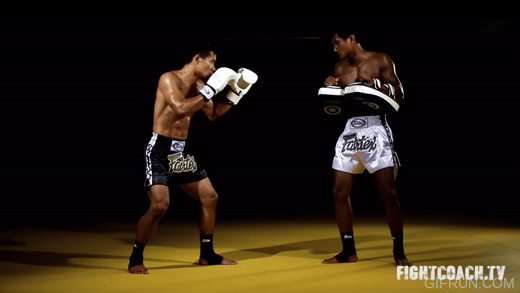
A fighter’s base style will heavily influence the overall shape of his kicking. Still, specialists are becoming less common, and fighters create new blends of techniques, approaches, and tactics that can no longer be classified as typical for a specific style.
For example, it is not uncommon for a fighter to throw his lead front kick in the karate style and his rear roundhouse in the Thai style.
Low Kick
Roundhouse kicks can target all body parts, and the legs are the most common target. The low kick has been an essential part of Muay Thai and modern kickboxing but not so much in karate. While usually not directly leading to a win, the accumulation of damage can cripple the receiver severely and limit his movement.
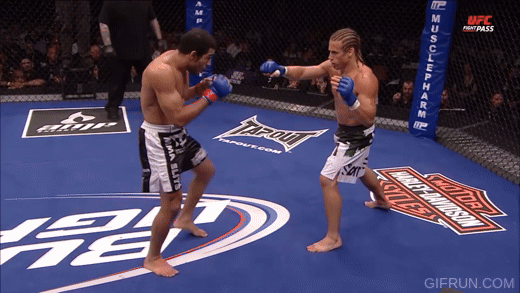
Until a few years ago, low kicks always targeted the thighs, but calf kicks have become more prominent because they are safer to throw and can damage the peroneal nerve and destroy the ability to control the lower part of the leg.
In fact, at a certain point, calf kicks became the new meta of MMA striking, and everyone was using them exclusively.
Calf kicks have even been adopted in Muay Thai and kickboxing, where they were nonexistent before they began to be widely used in MMA.
Here are some brutal examples of calf kicks doing their job across MMA, Kickboxing, and Muay Thai:
Body Kick
Body roundhouse kicks can be an excellent way to sap the opponent of his energy or knock him out with one shot if the kick is placed well enough. The liver kick, especially, is a debilitating strike that immediately shuts out the body, and no amount of grit and determination can overcome it once the damage is done.
The differences between the two styles of kicks here are distinct. Karate stylists aim to place the kick accurately on the liver and often kick with the lead leg, while the more commonly used Muay Thai style kick relies on power.
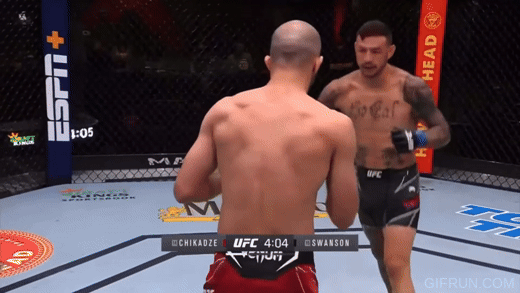
Thai fighters especially do not shy away from banging full power kicks to the arms of the defender and damaging them, although, in MMA, this is hard to pull off consistently because the kick can be caught and used for a takedown. This is why body kicks are far less common than low and high kicks in MMA.
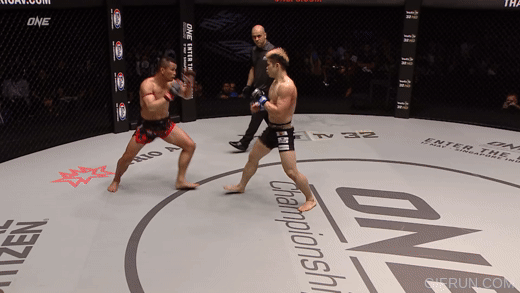
High (Head) Kick
The high kick remains one of the most spectacular ways to finish an opponent. Few other weapons are as deadly and captivating for the audience.
Again, there are different ways to throw a high head kick, but for one to succeed at the high levels of the sport, it must be set up in some way because the longer travel time makes it easy to block if thrown without any preparation.
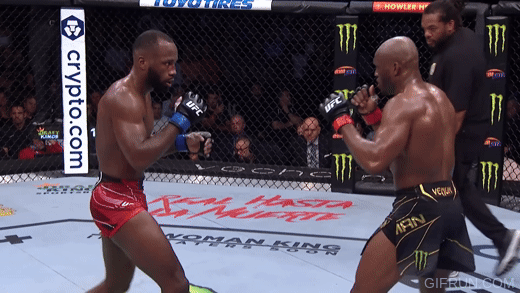
High kicks also vary in execution. While the above is an excellent example of the classic rear leg high kick, karate stylists use their snappier version, landing with the foot from the lead leg. Here is an excellent example of this:

I also want to mention the question mark kick. However, technically, it is not exactly a roundhouse because it starts as a front kick but then changes its trajectory to land over the guard of the defending fighter.
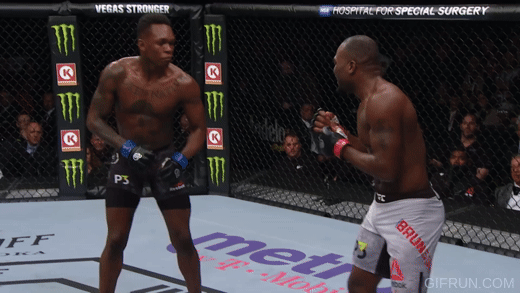
Front Kick
Front kicks make fewer appearances than roundhouse ones in MMA, but they can and are used to significant effect by those who know how to implement them safely. Once more, there are two versions of the kick.
Snap Front Kick
The snapping front kick is the karate-inspired version, and like the roundhouse kick, it’s fast and whip-like. The goal is not to push the opponent back but to target his solar plexus and possibly get his wind out.
This type of front kick can be done with both legs, with the lead leg acting as a foot jab. This is the primary use of the front kick in MMA.
When done to the head, the snap front kick can be vicious because it travels fast, lands directly on the chin, and is harder to block coming straight through the guard.
Anderson Silva pioneered the move by knocking out Vitor Belfort, but there have been several front-kick knockouts in the UFC since, with Lyoto Machida even having two to his credit.
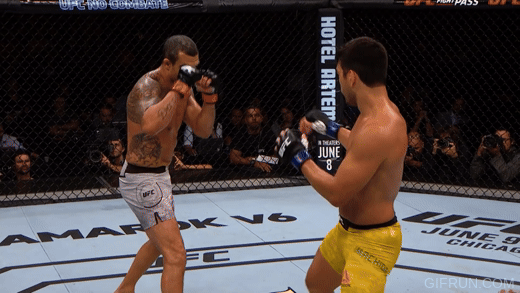
Push Kick (Teep)
The Muay Thai counterpart of the front kick is also known as a teep and is a devastating weapon in the ring but seldom used in the cage.
As the name suggests, the push kick aims to push the opponent back with force and is usually performed from a rear-leg-heavy stance common in Muay Thai.
But the bigger commitment and stance unsuitable for sprawling make this technique too easy to counter by catching the kick or just going for a takedown.
Side Kick

The side kick also travels in a straight line, but the kicking leg is turned sideways, unlike the front kick.
Side kicks are almost exclusive to karate and taekwondo practitioners, but they have been well-adapted by other fighters for their versatility.
When used correctly, the side kick is a fantastic way to keep the opponent at a distance. A side kick is thrown most comfortably from a fully bladed stance, typical for karate, and this is the reason few people utilize it in MMA.
The side kick comes out fast with almost no telegraph, and those who favor the technique kick have used it to great success.
Traditionally, the side kick is thrown mainly at the body but can also target the head. The side kick to the leg, also called an oblique kick, is a nasty technique that can hyperextend the knee and be crippling if timed correctly. Jon Jones is a master of this move, and while it’s considered somewhat cheap, it is a perfectly legal move in MMA.

Spinning Kicks
Spinning techniques, in general, are flashy, high-risk, high-reward moves. A spinning kick can gather tremendous momentum and deliver crushing power, but the problem is it is slow and can leave you in a terrible position. Nevertheless, spinning kicks are the best highlight material, and many legendary knockouts have been produced.
Although the technical details of a spinning kick are more challenging than other moves, the challenging part is landing it without getting caught in a bad position in between. Chris Weidman will forever serve as an example of what can happen from lazily thrown spinning techniques.
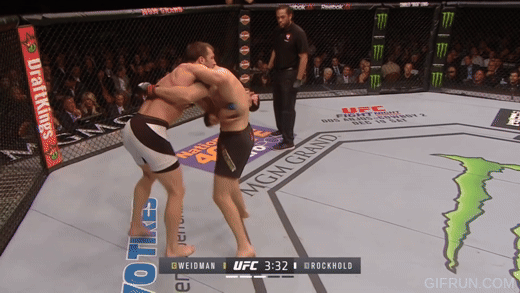
While you can see some jumping kicks, tornado kicks, two-touch spinning back kicks, and other extravagant solutions, the two main spinning kicks are the back and wheel kick.
Spinning Back Kick
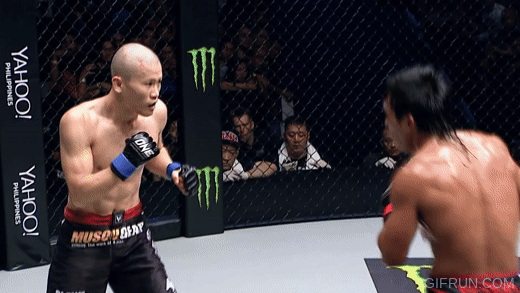
The spinning back kick is one of the most powerful techniques overall. The amount of force you can generate is enormous, and the move is an extension of the simple back kick, which is like a donkey kick. When you add the rotational force in addition to the one generated by the hips, the overall power becomes bone-crushing.
Spinning Wheel Kick
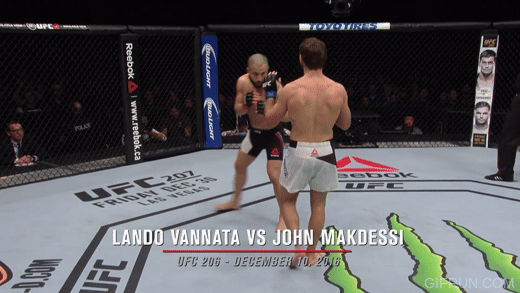
The spinning wheel kick is the other devastating highlight reel technique. It is a spinning kick with the heel aimed at the head, and it is one of the most spectacular ways of scoring a knockout. The move is hard to execute and even harder to land, but it can lead to devastating results and a certain performance bonus.
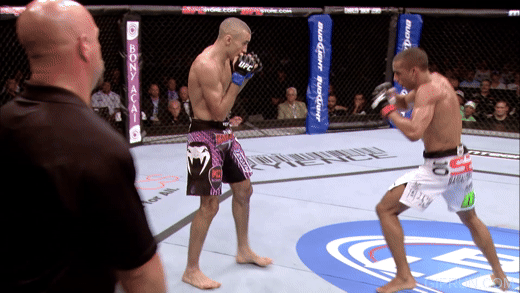
Summary
Kicks are a powerful weapon in MMA. Roundhouse kicks require less commitment and can target all levels of the body from head to toe, which makes them the most commonly used. But front kicks, side kicks, and flashy spinning techniques can also be implemented in an MMA fight for different purposes. Hopefully, this guide and visual examples have helped you gain new insight and context into the complex kicking aspect of MMA.

